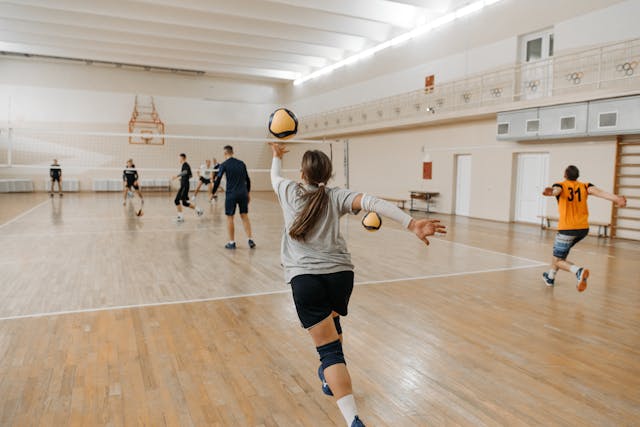
Ankle Arthritis

Ankle arthritis is less common than knee, hip or shoulder arthritis. It is defined as inflammation in the tibiotalar joint of the ankle, which can lead to pain, swelling and difficulty walking.
The most common cause of ankle arthritis is post-traumatic, such as after a fall, injury or broken ankle. This accounts for up to 2/3 of ankle arthritis. Other causes can include primary osteoarthritis, gout, rheumatoid arthritis or osteonecrosis.
Symptoms
Symptoms of arthritis can include pain and stiffness in the ankle joint. Pain can occur with movement of the ankle, such as walking or running. Joint swelling or warmth may also occur, especially at the end of the day or after being on the foot for a long period of time. There may be tenderness to palpation over the joint. After sitting for a period of time or in the morning increased pain and swelling may happen. Because of the increase in pain, stiffness and swelling, walking may be difficult.
Examination
Standing x-rays of the ankle are taken, which show significant narrowing of the ankle joint space, bone spurs (also called osteophytes), or deformity of the bones. Sometimes a CT or MRI may be needed to determine the extent of the arthritis and the condition of surrounding structures.
Treatment for ankle arthritis
Conservative treatment options are always tried first to help decrease the symptoms of the arthritis. These treatments include decreasing activity that causes pain, NSAIDs (ibuprofen or naproxen) or braces to help immobilize the ankle to help limit motion through the ankle joint. Switching from walking or running to cycling or swimming and losing weight can help decrease stress on the ankle joint. A cortisone injection may be given into the ankle joint in the office. Cortisone is an anti-inflammatory and does not cure the arthritis, but temporarily helps with the pain and swelling.
Surgical options
Fusion
If conservative treatment doesn’t work or stops working, then surgery may be discussed. There are a couple different surgical options depending on how significant the arthritis is and the quality of the bones in the ankle joint. A fusion may be done, specifically a tibiotalar joint fusion. The goal of a fusion is to eliminate movement through the joint by joining those bones together. The ankle will not move up and down after a fusion. When the movement is eliminated, pain and swelling decreases. Possible complications of a fusion include nonunion (joint does not fuse together), infection, or broken hardware. Smoking and diabetes are risk factors for a nonunion. A total ankle arthroplasty may also be done.
Total Ankle
During a total ankle arthroplasty, the cartilage is removed, and an implant is placed with components on the tibia and talus. The motion is preserved and the ankle will move up and down. A total ankle is not performed in people with osteoporosis, obesity, uncorrectable deformity in the ankle, talus osteonecrosis or charcot joint as they may increase the risk of the implant failing and having to have a revision surgery. Possible complications of a total ankle include loosening of the implant over time or infection.
In either case, surgery requires a big time commitment from the patient. Patients will be in a cast for 6 weeks and will not be able to walk on it for that period of time. They will get around with crutches or a knee scooter. The cast will not be able to get wet. After 6 weeks in a cast, patients transition to walking in a CAM boot for 4 weeks. After a total ankle, physical therapy is done to help increase the motion through the ankle joint, whereas after an ankle fusion, physical therapy is typically not done due to the joint not being able to move.
Contact Us
The Professional orthopedic specialists at Apex Orthopedics & Sports Medicine are happy to discuss your ankle pain concerns. For a thorough evaluation with Dr. Kneidel, call us at 913.319.7600 or schedule an appointment today.


